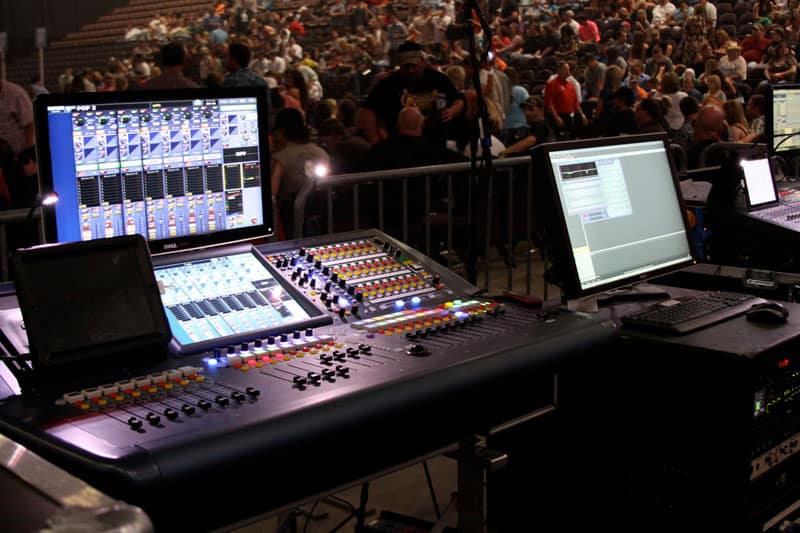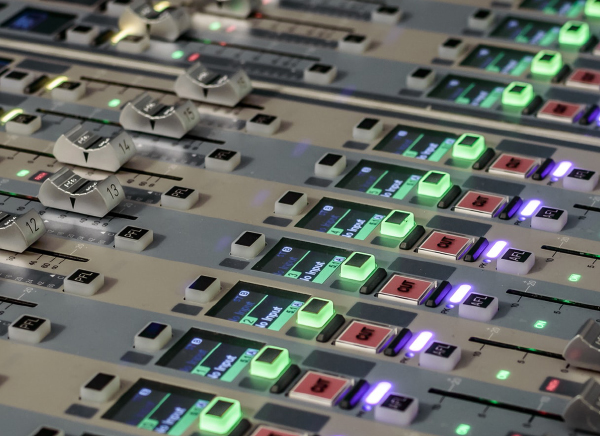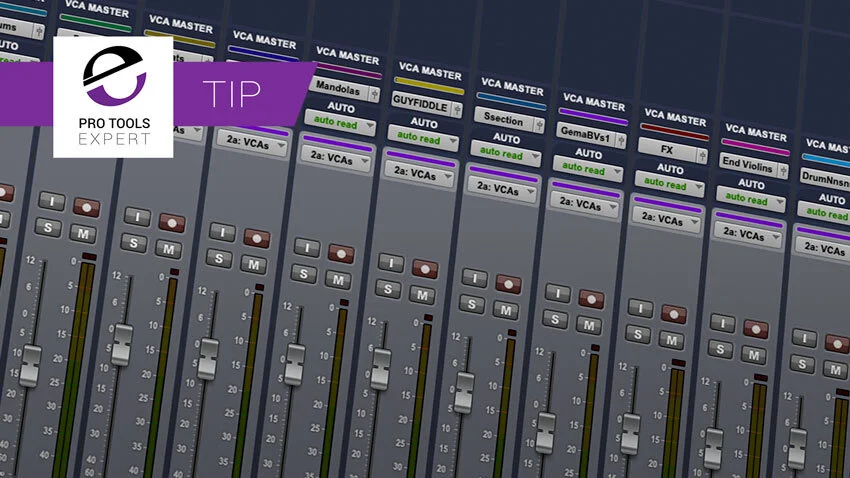
Knee adjusts how gradually or abruptly compression occurs as the signal approaches the threshold. Or, turn the output level down if it’s clipping. Use the makeup gain to bring the signal level back up after compression occurs. Compression usually reduces the level of a signal. Makeup gain controls the level of the signal leaving the compressor. Or, increase the input gain if the incoming signal is too low to trigger compression.

Decrease the input gain if the incoming signal is too hot. Input gain controls the level of the signal going into the compressor. The compressor must recover from gain reduction before it re-triggers, or it can suck the life out of a sound and reduce its impact. However, if the release is too slow, the compressor will not have time to recover before the next transient. Whereas longer release times are good for smoothing out dynamics. However, setting the release too fast can cause a “pumping” effect and other unnatural sounds. Faster release times sound more natural and transparent. The release control sets the time it takes for the compression to stop once the signal falls below the threshold. However, slower attack times will also give you less control over taming peaks and maintaining consistent volume levels. A slower attack time will help add punch and presence. Whereas slower attack times allow more of the initial attack to punch through before compression begins. However, compressing too much of the attack transient can make a sound dull and lifeless. This is good for controlling dynamics and catching transients that cause clipping. Faster attack times will immediately clamp down on the initial transients of a sound. The attack control sets the time it takes for the compression to kick in once the signal passes the threshold. Whereas a ratio of 10:1 or higher will make the compressor effectively act as a limiter. However, if the ratio is 1:1, no compression will occur. For example, a ratio of 4:1 means that for every 4 dB the signal rises above the threshold, the compressor will increase the output by 1 dB. The ratio control sets the amount of gain reduction the compressor applies when the signal passes the threshold. Whereas, a higher threshold will reduce only the loudest peaks and leave the rest untouched. Furthermore, a lower threshold will reduce a greater portion of the signal. Any signal that passes above the threshold gets compressed. The threshold control sets the dB level where the audio signal has to exceed for the compression to activate. Typical controls featured on a standard compressor include: Threshold

There’s a delicate balance between controlling dynamics to enhance an audio source and sucking the life out of it.

Compressor ControlsĬareful adjustment of a compressor’s controls is essential.
#WHAT IS VCA IN MIXING LIVE SOUND SERIAL#
For example, serial compression, parallel compression, multiband compression, sidechain compression, and bus compression. There are also several ways to apply compression.

In short, audio compression gives you a controlled sound that’s louder and more present in the mix. With the extra headroom, you can then increase the overall level of the signal. As a result, the loudest and softest parts are closer in volume, creating a more balanced sound. Compression reduces this range by attenuating the louder signals and boosting the quieter signals. Dynamic range is the difference between the loudest and quietest parts of a waveform. Audio compression reduces the dynamic range of an audio signal.


 0 kommentar(er)
0 kommentar(er)
